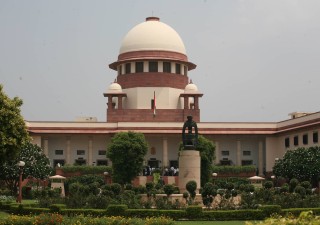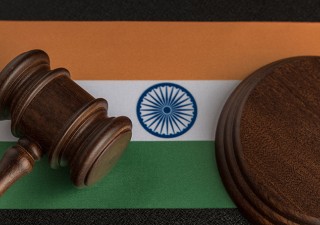'Advertised before Acceptance' as good as 'Accepted' for Registration of a Mark?
08 March 2013

The Intellectual Property Appellate Board in M/s Jagdish Sweets and Farsan Ltd v. Jagdish Food Private Ltd (dated November 26, 2012), have taken strong objection to the current practice of the Registry of passing the order ‘Advertised before Acceptance’ (ABA) en masse of all applications published in the Trade Marks Journal. Though the aforesaid observation was not relevant to the facts and issue of the instant case, the obiter dicta was passed by the Hon’ble Bench, which considered it imperative to direct the Registrar to check the infirmities in the system and to streamline the procedures.
Advertisement of Application Under Section 20
Section 20 provides for advertisement of an application, either after acceptance or before acceptance, so as to afford the public an opportunity to oppose the registration of the mark. Section 20(1) lays down the procedure for advertisement of an application in the trademarks journal pursuant to its acceptance whether absolutely or subject to some conditions or limitations by the Registrar. However, the proviso to Section 20(1) lays down the circumstances for the Registrar to cause an application as advertised before acceptance in case any objection to it arises under Section 9(1) or Section 11(1) and (2) of the Act or if the Registrar thinks it expedient to do so.
The provision therefore, expressly states that the application is not automatically accepted after it has been advertised before acceptance and that a procedural requirement still remains for the application to proceed to registration. However, the Bench observed that the current practice of the Registry is of passing the order of ABA of almost all the applications and the outcome of this procedural lapse is that such applications proceed to registration after the statutory period of four months for opposition has elapsed. This folly is further compounded by the auto generation of registration certificates for all such applications, immediately after the expiration of the statutory period of four months. The Bench has strongly condemned this procedural lapse and has observed that it is this practice of the Registry which is giving proxy support to the unsubstantiated presumptive claims and the accepting officer further disowns his administrative responsibility and accountability for his actions which are leading to mounting oppositions, appeals and court cases as a direct outcome.
Condition Precedent for Issuance of Registration Certificate
The Bench observed that the law mandates notification of trademarks as ‘Accepted for Registration’ by the Registrar in the Trade Marks Journal before issuance of the registration certificate. Section 23(1) of the Act lays down that for an application to proceed to registration, firstly, subject to Section 19, it has to be accepted by the Registrar and secondly, the application has not been opposed or the opposition if any, has been decided in favor of the applicant. It is only on the fulfilment of both these requirements that an application can proceed to registration.
The Bench also observed that the Registrar cannot issue registration certificate on the basis of just ‘ABA’ or ‘Advertised As Accepted’ which is against the language and spirit of Section 23(1) of the Act. It was further observed that the acceptance after the four months opposition period in such applications with the ABA status is largely opaque, subjective and more crucially completely deprives an aggrieved litigant to petition under Section 19 of the Act for ‘Withdrawal of Acceptance’. For this, reference to Section 19 is pertinent. Section 19 provides that where, after acceptance of an application for registration of a trade mark but before its registration, the Registrar is satisfied that the application has been accepted in error or that it should be registered subject to conditions or limitations, the Registrar may withdraw the acceptance.
The Bench held that when the statute provides an advantage under Section 19 of the Act, to review published applications, such a rampant practice of orchestrated Advertised before Acceptance is against the spirit and intent of law and that the Registry needs to review this unwarranted practice and plug the procedural loopholes so that these deficiencies are not exploited by vested interests. It further observed that almost every appeal or rectification is the direct outcome of bypassing these essential fundamentals and that the mischief of a wrong advertisement comes to light after some seven to 10 years in an opposition or appeal and the concerned official who ordered its advertisement goes scot free without taking any responsibility for the inaction and procedural lapses on their part.
Lastly, the Bench has noted that it has come across registration certificate being issued during pendency of the opposition proceedings, which is blatantly illegal and against the provisions of law. In view of the observations herein, the Bench has earnestly urged the Registrar to restructure the working of the Registry and to rectify some of the deficiencies that were brought to the notice of the Appellate Board.
S.S.Rana & Co.
317 Lawyer Chambers,
High Court Of Delhi,
New Delhi, India
T: +91 11 30562000, 23384491
F: +91 11 30562010, 23386201
E: patents@ssrana.com
W: www.ssrana.com






